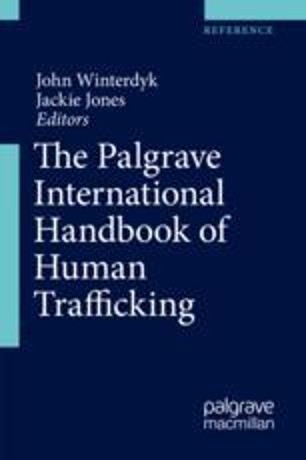The Challenge of Addressing Both Forced Labor and Sexual Exploitation
Internationally, human trafficking is usually defined officially as involving a range of exploitative scenarios: forced labor, sexual exploitation, illegal adoption, and organ sales are all commonly included. Each of these phenomena, while having some commonalities, also has many different characteristics. When the state or civil society tries to respond to “human trafficking,” it can be difficult to find an approach that works for all these scenarios. This chapter will discuss the strengths and weaknesses and the advantages and disadvantages of endeavoring to serve the differing populations of people affected by sexual exploitation versus labor trafficking. To substantiate our analysis, we will highlight the experiences of frontline workers by drawing on the findings of 79 interviews conducted in Canada with stakeholders and practitioners in the field. In the context of increased efforts worldwide to counteract trafficking in all its forms, with a notable growing attention to forced labor, this chapter will examine the challenges that arise from tackling diverse forms of trafficking, looking specifically at forced labor and sexual exploitation.

